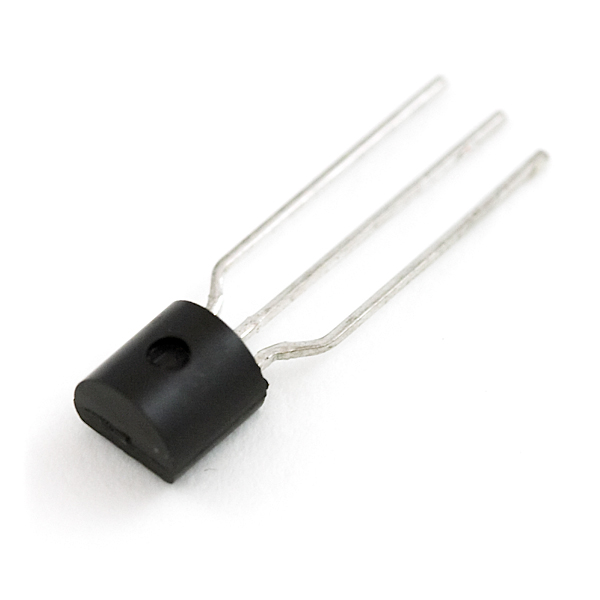Sometimes the DC current gain of the bipolar transistor is too low to directly switch the load current or voltage, so multiple switching transistors are used. Here, one small input transistor is used to switch “ON” or “OFF” a much larger current handling output transistor. To maximise the signal gain, the two transistors are connected in a “Complementary Gain Compounding Configuration” or what is more commonly called a “Darlington Configuration” were the amplification factor is the product of the two individual transistors.
Darlington Transistors simply contain two individual bipolar NPN or PNP type transistors connected together so that the current gain of the first transistor is multiplied with that of the current gain of the second transistor to produce a device which acts like a single transistor with a very high current gain for a much smaller Base current. The overall current gain Beta (β) or Hfe value of a Darlington device is the product of the two individual gains of the transistors and is given as:
 So Darlington Transistors with very high β values and high Collector currents are possible compared to a single transistor switch. For example, if the first input transistor has a current gain of 100 and the second switching transistor has a current gain of 50 then the total current gain will be 100 x 50 = 5000. An example of the two basic types of Darlington transistor are given below.
So Darlington Transistors with very high β values and high Collector currents are possible compared to a single transistor switch. For example, if the first input transistor has a current gain of 100 and the second switching transistor has a current gain of 50 then the total current gain will be 100 x 50 = 5000. An example of the two basic types of Darlington transistor are given below.
